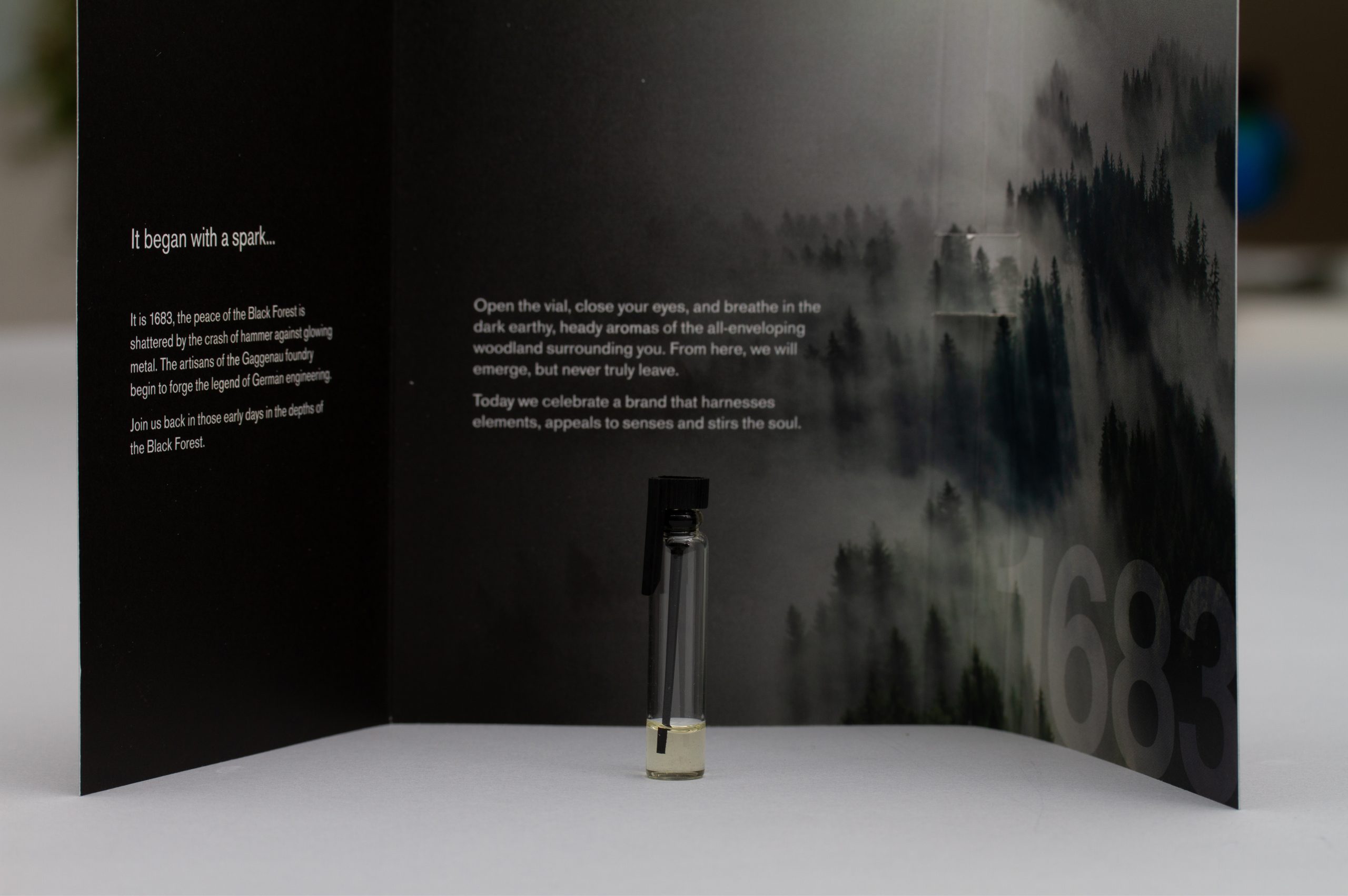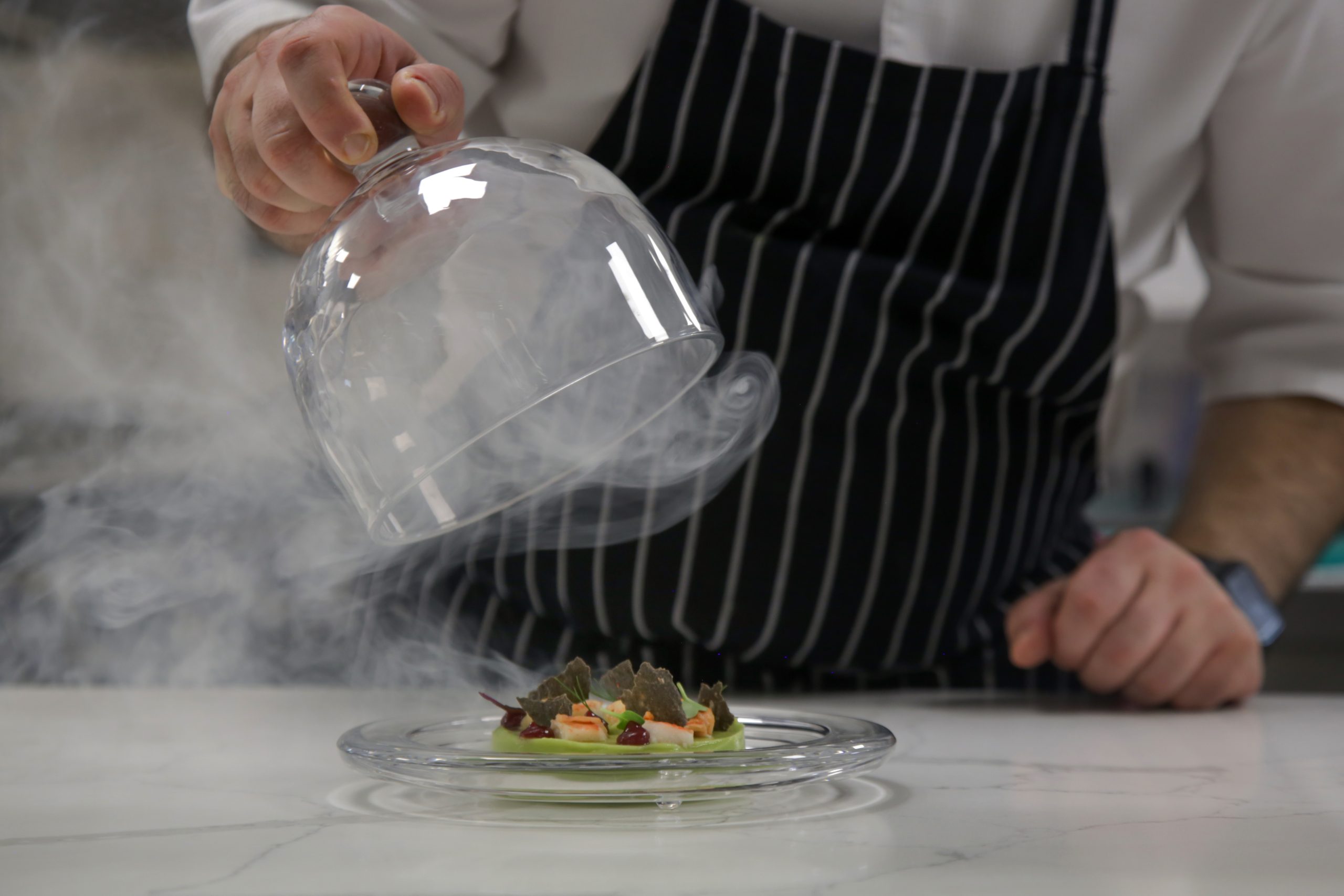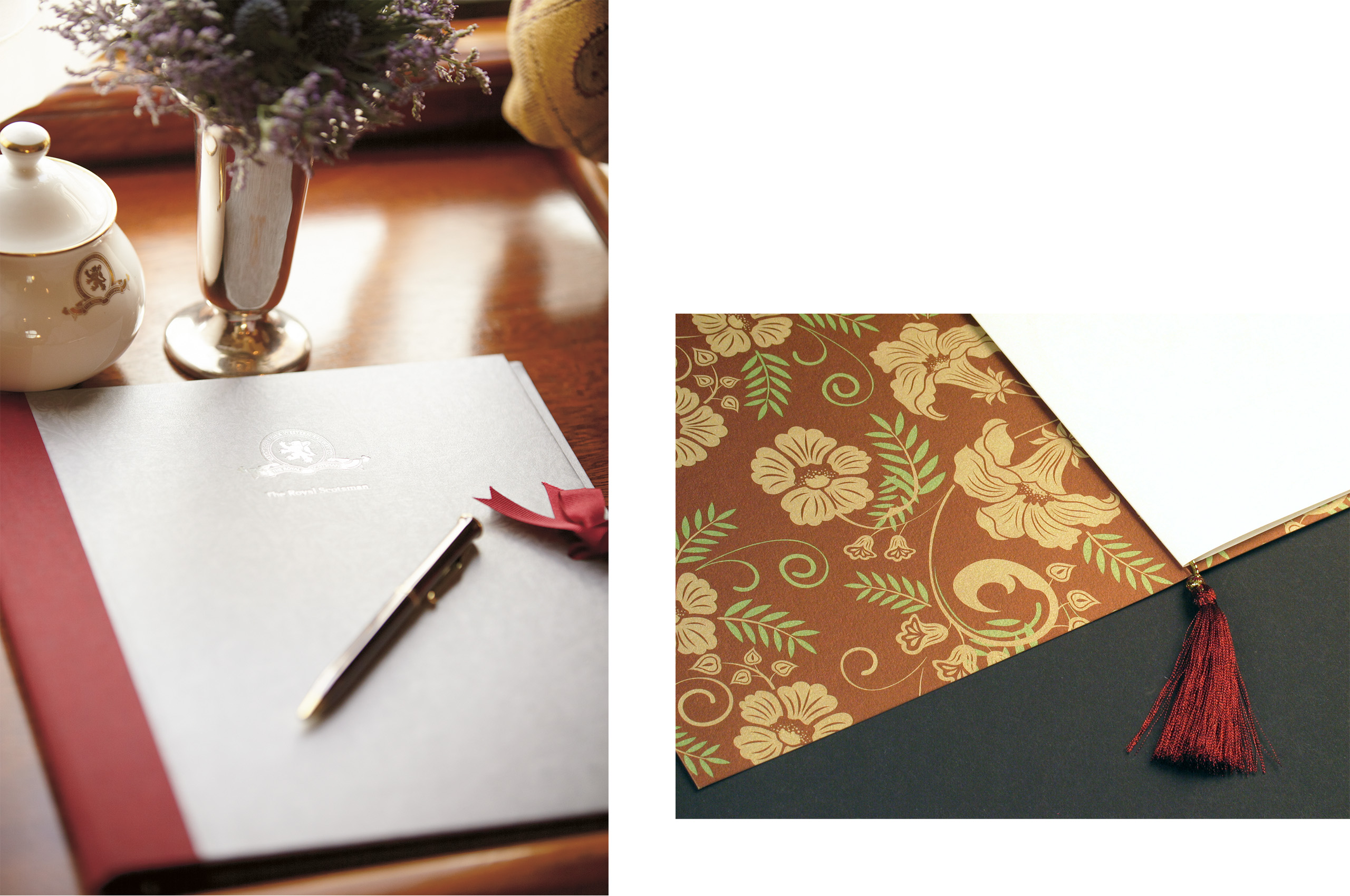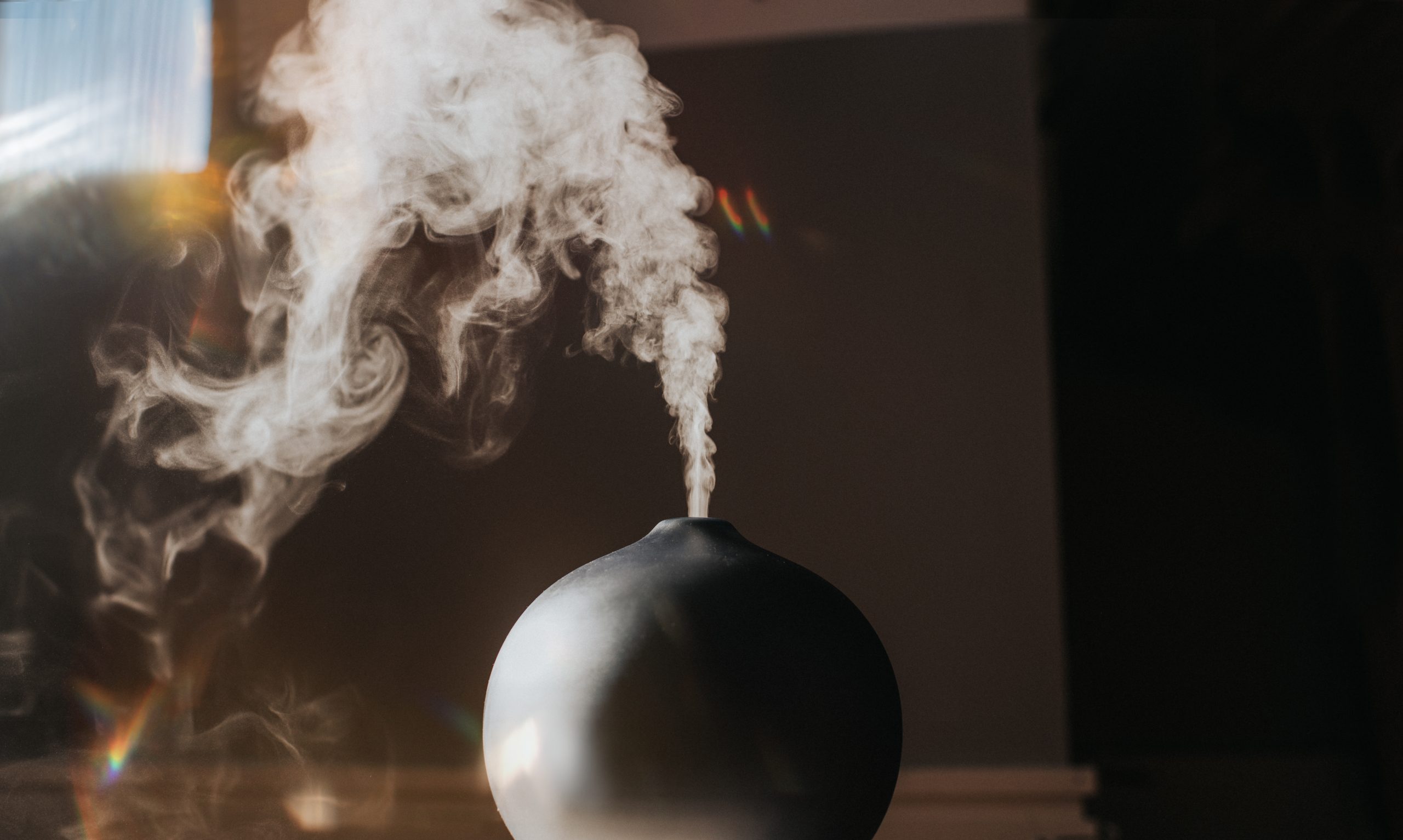Elevating brand engagement beyond visuals and words
We talk a lot about brand ‘experiences’, but initial touch points such as social media and advertising are largely limited to being visual and verbal. Once a consumer begins to engage with the brand physically however, it opens up opportunities to express a personality through touch, taste, hearing and, especially, smell.
Smell
We’ve collaborated with Gaggenau to craft an exclusive fragrance that captures the essence of their sophisticated brand and their Black Forest roots. This signature scent, embodied within a bespoke candle and showroom diffuser, exudes a refined, subtly masculine aroma. Crisp, invigorating, and richly wooded. Discover this unique dimension of Gaggenau by visiting one of their showrooms.

‘Scent marketing’ increased Nike customers’ intent to purchase by up to 84%
Hearing
Developing an audio personality for a brand can be difficult. Musical taste is so personal it can be difficult to help clients to be objective when selecting tracks. We like to approach this in the same way that we do for image guidelines.
We start off by creating audio mood boards that set out musical styles for different occasions, but all fit together to speak to the brand personality. As video becomes a more essential part of brand communications this is an area that has to be considered in brand guidelines. A brand needs to be clear on what kind of music will evoke a positive emotional response from its audience and, of course, for global brands that can be a lot more complex with different cultures at play.
The other aspects that need to be considered are where the audio is being used, the consequential mood that is to be set and its tempo. Our aim with music is to create an emotional attachment to the brand which strongly affects an audience’s purchase intentions. Take away the music from any ad or film and it loses all emotional impact.
Taste
When it comes to taste, this is where food has to tell a story. For a high-net-worth brand, the culinary offerings must transcend the ordinary, elevating even a classic dish like pizza into an exceptional experience when it’s backed by a narrative about the chef and the provenance of the ingredients.
Guests at such events, often well-acquainted with fine dining, present a challenging audience with high expectations for gastronomic excellence. Rather than strive for the expected, we find that often what delights audiences is the unexpected. Creating a memorable event and turning your guests into advocates can be achieved by presenting food that defies expectations in appearance or taste. Utilise uncommon ingredients in innovative combinations and share the tale of their origins, and you will leave a lasting impression on your audience, as well as creating online shareable content.

Touch
Then there is touch. In this digital age it is hard to reach an audience and give them a ‘feel’ for your brand. As a consequence, luxury brands are moving back to print. This is a way to provide a tailored and tactile experience that can be glossy and smooth or velvetine, rustic or waxy. Weight of material, finishes, colours, binding, wraps, boxes and sleeves can all add extra perceived value to your brand that you just can’t get swiping a screen on social media.

In summary
Having a clear understanding of the brand personality is vital when attempting to set the tone you want people to take away from experiences and then it comes down to testing it out on relevant audiences.
The thing with designing for the senses is that, ironically, it should be subtle to the point of being invisible. Be subliminal, not invasive. It should help build a creative experience that underpins the product or service and help to make the experience more memorable and positive. Music can help set the mood, materials can create a sense of value and smell will make the brand memorable, but none of these things should outshine the product.
